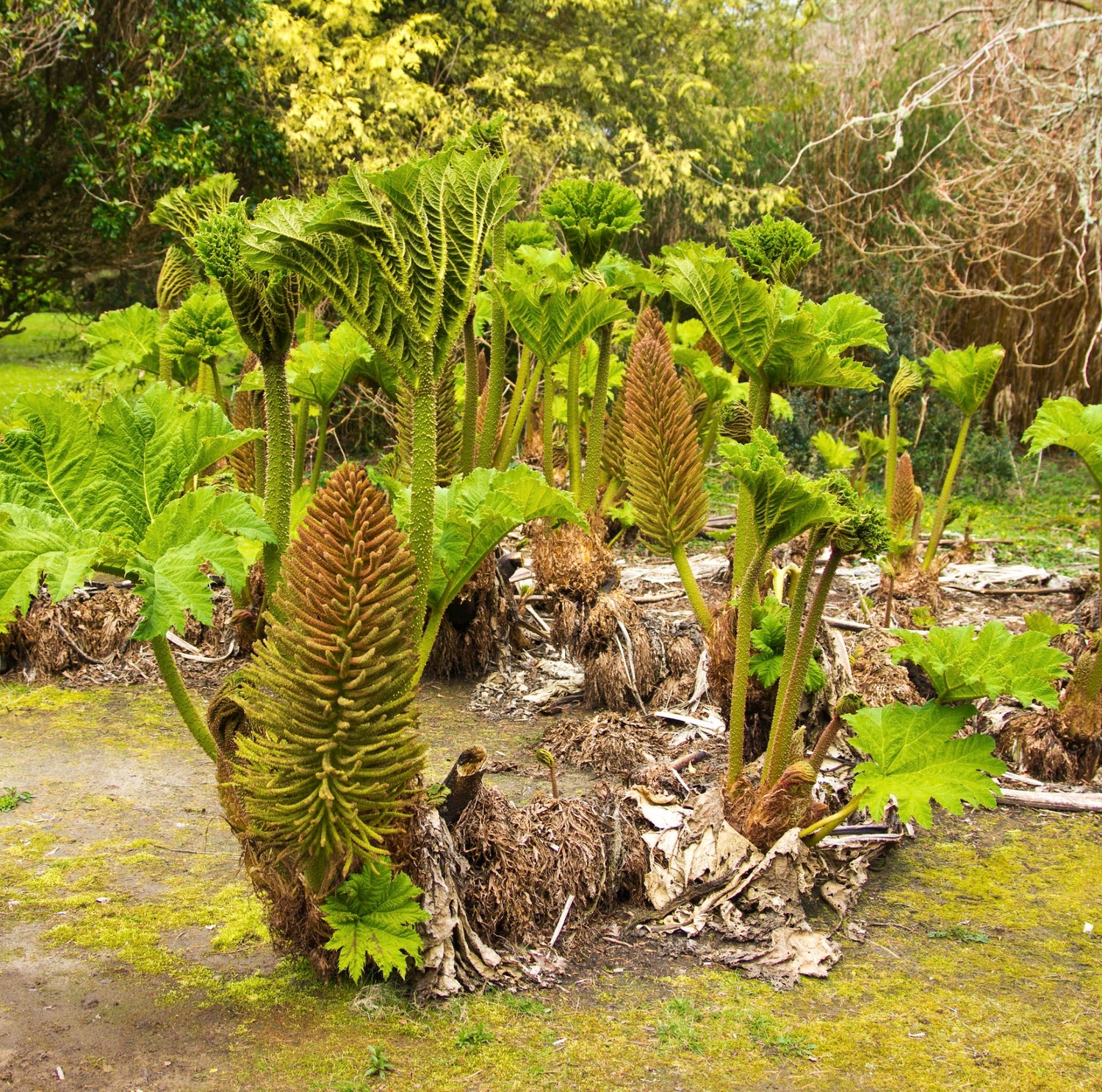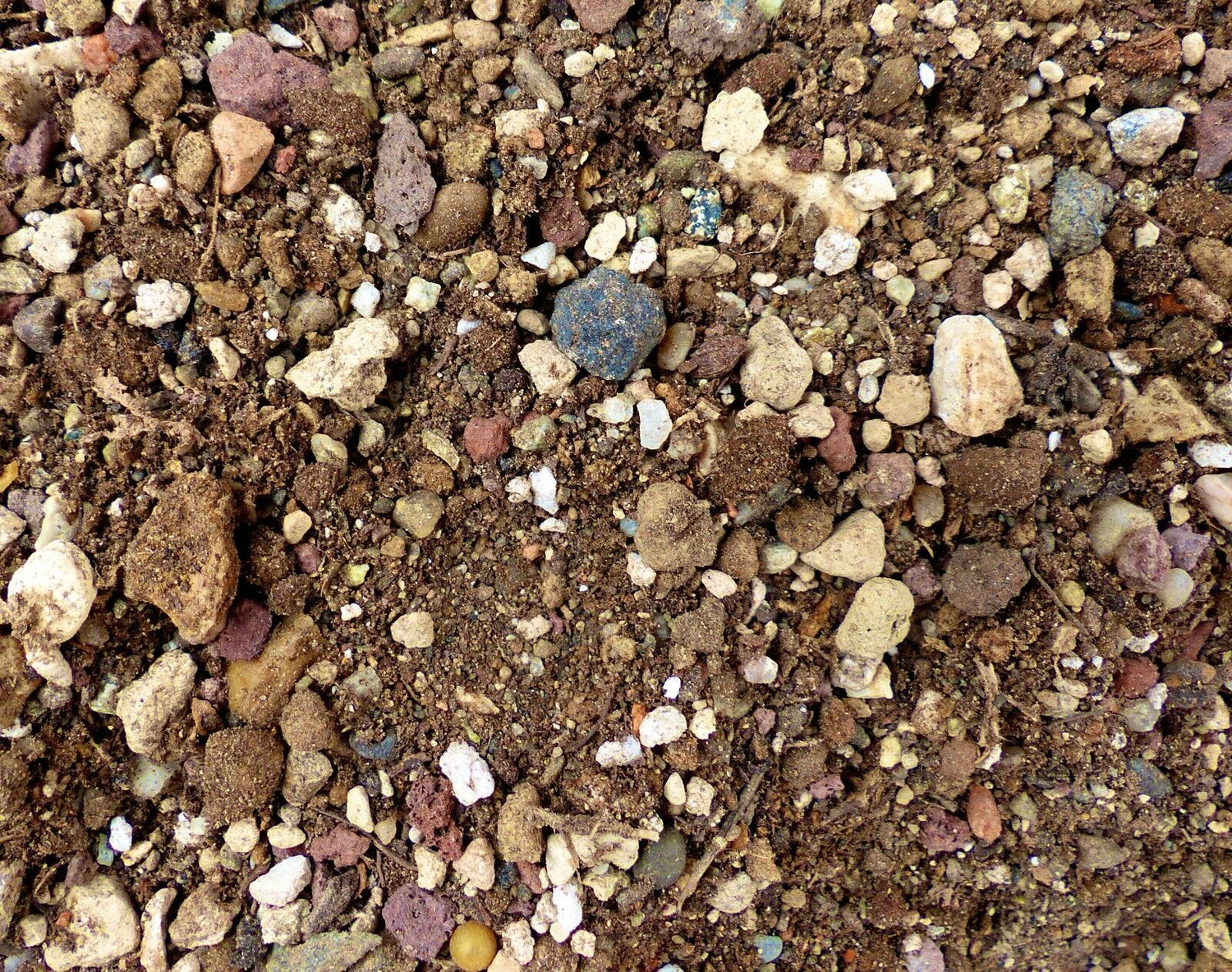Sambucus
The Sambucus genus includes elderberry shrubs and small trees, such as Sambucus nigra and Sambucus canadensis, known for their medicinal properties and antioxidant-rich berries. These fast-growing, low-maintenance plants produce fragrant flowers and nutrient-packed fruits, ideal for immune-boosting remedies, culinary uses, and sustainable gardening. Sambucus shrubs thrive in moist, well-drained soil, supporting biodiversity and pollinators.
-
Sambucus nigra 30-50cm
Regular price €26,00 EURRegular priceUnit price / per
Collection: Sambucus
Sambucus: The Medicinal and Ornamental Genus of Elderberry Plants
Understanding the Sambucus Genus
The Sambucus genus comprises deciduous shrubs and small trees widely recognized for their medicinal, culinary, and ornamental value. These plants, commonly known as elderberries, thrive in temperate climates and have been used for centuries in traditional medicine.
Key Features of Sambucus Plants
Among the most notable species are Sambucus nigra (European elderberry), Sambucus canadensis (American elderberry), and Sambucus racemosa (red elderberry). These plants produce clusters of fragrant white flowers and dark purple or red berries, which are rich in antioxidants and vitamins.
Growing and Caring for Sambucus Plants
Sambucus shrubs prefer moist, well-drained soil, full to partial sun, and regular pruning to encourage healthy growth and fruit production. These plants are fast-growing, highly resilient, and beneficial to pollinators, making them a great choice for wildlife gardens and sustainable landscaping.
Traditional and Modern Uses of Sambucus
The flowers and berries of Sambucus species have been traditionally used in herbal teas, syrups, and dietary supplements due to their immune-boosting properties. While elderberries are commonly used in culinary recipes, jams, and wines, they should be properly processed to remove toxic compounds.
Other Collections in the Archive
-

Specimen Plants
Specimen Plants Specimen Plants captivate the imagination with their unique beauty and...
-

Catalogue Plants
Catalogue plants provide a wide variety of options to elevate your garden...
The cactus was very well wrapped and arrived in perfect condition. It is very healthy. It was received exactly as described. The price was excellent. It was shipped in a timely manner. I definitely recommend this seller.
El artículo coincide con la descripción buena comunicación con el vendedor excelente planta embalaje rapidez en el envío recomendable
Well wrapped and arrived in fine condition with well developed roots. Exactly as described with plenty of detail to catch the eye. A real value.
Well wrapped and arrived as a very healthy plant as described with developed roots. A good value.
Excellent sellar with very good communication, well described item , good value for money, well recommended.
Es una buena oportunidad para disfrutar de un gran ejemplar el trato con el vendedor es correcto y contesta rápido a las preguntas y el envío lo realiza con rrapidez buen empaquetado un placer
Healthy specimen finally arrived, good root ball. Beware of the need to purchase the export certificate if you are from the UK. The extra cost wasn't in the description when I placed the order, it is now after an amendment, though the seller put that right and I didn't have to purchase one. Overall, a good experience with good communication from the seller. Remember, it's coming from Italy so it won't be here tomorrow.
The cactus was just as described. Fast shipping and decent packaging, so far so good. If you buy just one plant from outside of your country, the shipping and health certificate would be expensive. I suggest to buy a few plants at the same time.
The tree arrived in secure and careful packaging, and was the size advertised. It was in good health, with damp roots, and was well protected for its long distance travel per post. We have glorious expectations for this White Ash tree. 🤞💪 It was delivered to the UK free of any known action on the part of customs and botanical health. It took 3 weeks to arrive from date of ordering. It is unknown when it was posted. The football was given a soak before planting into a pot.
Die Pflanze ist in einem guten Zustand geliefert wurden und war gut verpackt. Guter Ebayer, gerne wieder.
25 days once shipped to get to my location (Italy to Hawaii). I purchased the phyto form for customs from this selller. Packaging was okay, could be better. Cactus was wrapped in paper towels and foam peanuts in a large box. I’m satisfied with my purchase. The cactus was exactly as described. Other than a few bent thorns and being dehydrated it looks fine from the top. Root system is small but I think it should make a full recovery with some TLC. I would purchase from this seller again.
Great communication and plant arrived swiftly. Looks as described!
The plant thoroughly packed, in very good condition. Very fast shipping. Very positive experience, highly recommended seller!
Gute Qualität, Pflanze wie offeriert, guter Zustand und Aussehen, beste Verpackung für den sicheren Versand. Danke sehr, alles bestens.
Well-packed, premium quantity, I've received about two times more seeds than I've paid. Dispatch time is long, so delivery is not fast, but this does not matter to me. Excellent seller, I recommend.
Delivered in padded envelope with recorded delivery seeds looks healthy and viable. I would recommend this seller.
Properly packaged with a fast turnaround on very well described plants.
This seller is fantastic, they helped me with the phyto documents which I truly am extremely grateful for!! The plant itself is beautiful and healthy, gorgeous red spines. I've already potted it up. The packing was absolutely out of this world, it took me ages to open it and when I did manage, the plant too was just so well wrapped up, no damage to the spines or roots either. Can't thank this seller enough! Post was expensive but it as come from Italy 🇮🇹 so it will be xx

Exactly as described, fast shipping and ultra good packing. Perfetto!
Very good seller, plant is as on the photo,a generous clump, price was very fair,seen a plant like that listed with much higher price(🤔)
diese , meine 2 . bestellung kam noch schneller an als die erste ( 5 tage ! ) . aber gut , dass kann halt günstig gelaufen sein . viel wichtiger : auch diese pflanze kam gut verpackt und gesund an . ich habe meiner frau auch eine obesa bestellt , bin gespannt . bis jetzt kann ich über diesen seller nur positives berichten .
Schnelle Lieferung aus Italien nach Köln, gute 10 Tage. Bestellt wurden 2 chinesische Wildbirnen. Lieferung war bis zum 05.04.25 berücksichtigt, kam aber schon am 01.04.25. Sehr gut verpackt im Karton, mit sehr viel Paketklebeband umwickelt. Karton war dadurch gut stabil gewesen. Die beiden Setzlinge (120cm) waren in einem Wurzelwerk und Blumenerde, in einem schmalen Kunststoff Blumentopf geliefert worden. Die Zweige waren alle sehr elastisch und hatten kleine Blätter an den Zweigen.
Ordered four of these. From Italy to Canada in 5 weeks. They arrived fresh, and were professionally packed, super healthy specimens. I would so do this again. Five Stars. Amazing!
Cuttings arrived with well established rootballs, extremely well packaged so there was no damage. There was good communication throughout and I am the proud owner of two small feijoa trees. I would definitely use this seller again.
La planta llegó en el plazo establecido y muy bien embalada. El ejemplar es tal y como se veía en la foto. El vendedor responde rápido a los mensajes.
meine erste bestellung bei diesem händler und alles gut ! wie bestellt - so geliefert . sehr gut verpackt , anderthalb wochen unterwegs , alles bestens , 2 . bestellung ist unterwegs . dankeschön .
Great communication, seller very helpful. Plant was healthy with good roots but wasn't the one in the photos and was smaller than the plant listed, but that's not a problem for me. I would buy from this seller again. Thank you!
There were some problems with postage and customs which caused a delay on the way to the UK, but the plants were well packed, so survived the ordeal well. I give 5 stars, as the delay was not the fault of the seller.
Sehr schöne Pflanze, bestens verpackt und schnell verschickt, ein sehr empfehlenswerter Ebayer! Vielen Dank!
Super verpackt. Blitzversand. 5 ⭐️ - immer wieder gerne. ☺️
Alles bestens, schöne Pflanze. Top verpackt und schnell versandt. Daher sehr zu empfehlen. Danke sehr.
Excellent seller. Fast shipping. Well packed.
Schnelle Lieferung, gute Verpackung, schöne Ware: frische Blätter;würde wieder dort kaufen
superbe plante et colis en très bon état bravo je recommande cette entreprise Italienne merci
Sehr schnelle Lieferung, Pflanze wie beschrieben, vielen Dank, sehr gern wieder.
Good match with the description, fast delivery. I recommend to everyone.
Super verpackt, Pflanze bzw. Knolle unbeschädigt angekommen, entsprach dem Angebot, Danke.
Super Pflanze und toll verpackt. Schnelle Lieferung. Vielen Dank
Item arrived sooner than expected, highly recommend seller
Excellently packaged, root ball arrived wet/moist. Absolutely no drama.
Die Pflanze war sehr gut verpackt und ist sehr Vital und treibt nach einem Rückschnitt sehr gut aus. Der Verkäufer ist zu empfehlen!!!👍👍👍
Top.. schnelle Lieferung und gute Qualität. Sind super verpackt. Gern wieder

Cactus arrived in good condition, as described. Recommended seller. Thank you!






